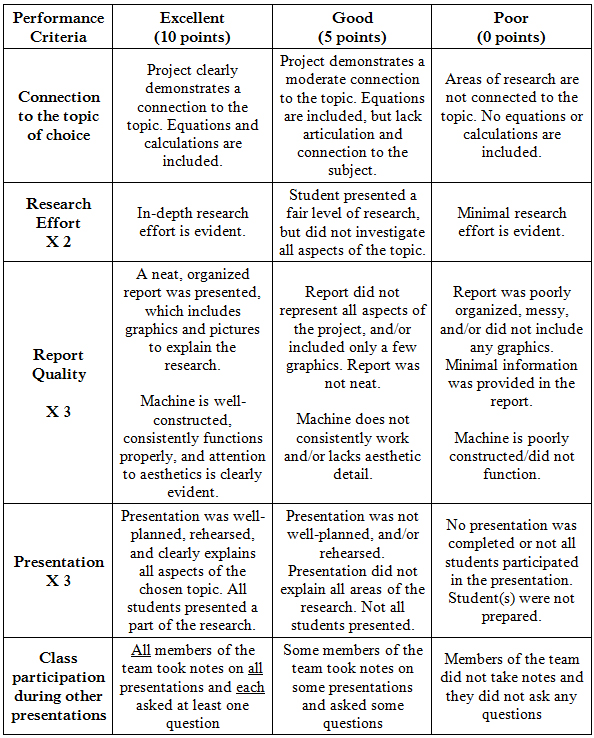Appendix: Prosthetic Arm Party
Leader/TK: _______Materials Manager_________ Data Collector ________ Date_____
Physics: Prosthetic Party
Objective
: with the available materials, build a prosthetic arm able to lift a 5 lb rice bag.
Plan
: What characteristics, qualities and features will your prosthetic arm have? How would you achieve this activity objective using the available materials?

Measure
: How long is your prosthetic arm? ____________
Design
: Draw a picture of how your prosthetic arm will look, using your plans from above. Label any measurement lengths or amount of materials to be used.
Evaluate use of materials (for your group)
: After creating your final design, list the materials you used and how they contribute to the function of the prosthesis.

Evaluate use of materials (for other groups)
: While watching the group presentations, list the best feature of each group's prosthesis and what material or technique accomplished this feature.

Reflection and improvements:
From the group presentations, and reflection upon your own team's design, what improvements would you make to your prototype?
Appendix: Grading Rubric.

Appendix: Collaborative learning job definitions.
Team leader
Team leader is the student that makes sure everyone participates in the discussion and that everyone is on task. The team leader is the person that will clarify group misunderstanding and confusions by asking the teacher.
Time Keeper
Time Keeper is the student that watches the clock and makes sure the group finishes on time. Best practice is to announce half way through the allocated time and five minutes before the time is up.
Data Collector/Recorder
Data Recorder is the student that records the data taken by the group or the main ideas during a group discussion. This student is the one that will write on the board for "class share"
Materials Manager
Materials Manager is the student in charge with collecting and returning all materials needed for the activity. This student is in charge to ask the teacher for additional supplies the group agreed on.
Appendix: Implementing District Standards
New Haven Public School Physics Curriculum for Unit 2: Mechanics covers the following Essential question: Should we use simple machines?
Performance Standards: After completing this unit the student will be able to:
Demonstrate knowledge of the way simple machines are useful.
Explain the use of machines to gain mechanical advantage and in assisting society.
At the end of this unit students will be able to list the six types of simple machines and provide their definition and an example of each. They should be able to identify advantages and disadvantages of using simple machines with focus on the advantages of using simple in real life.
They will be able to describe where in the human body once can find some of these simple machines, define the importance of having these simple machines as part of our bodies and describe how do they benefit us?
Students should also be able to correctly identify levers in the human body. They should be able to correctly engineer a prosthetic arm that will lift a certain weight proving the importance of understanding the physics of simple machines in improving our life style.
Students should be able to correctly apply the equilibrium conditions for force and equilibrium in a rotational system and correctly solve for the unknown(s)